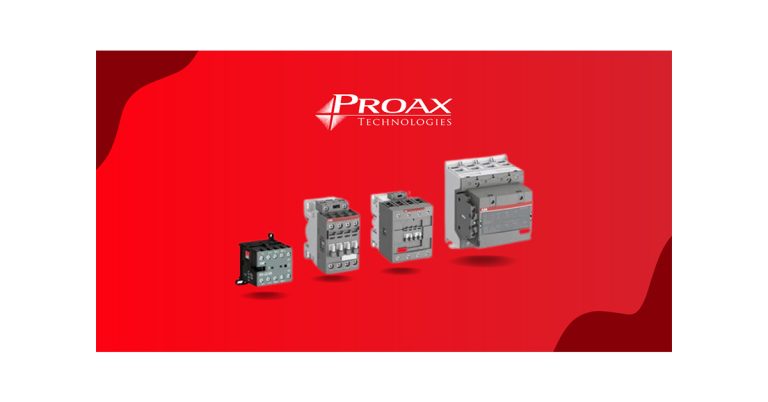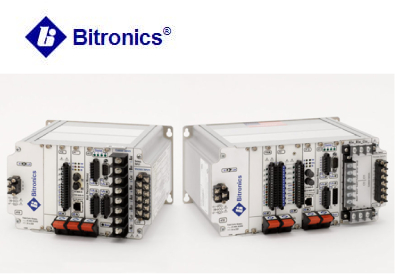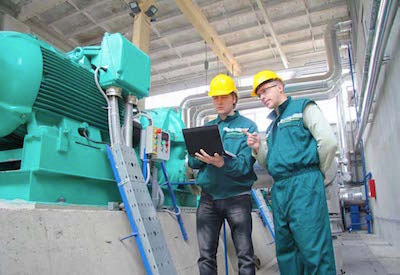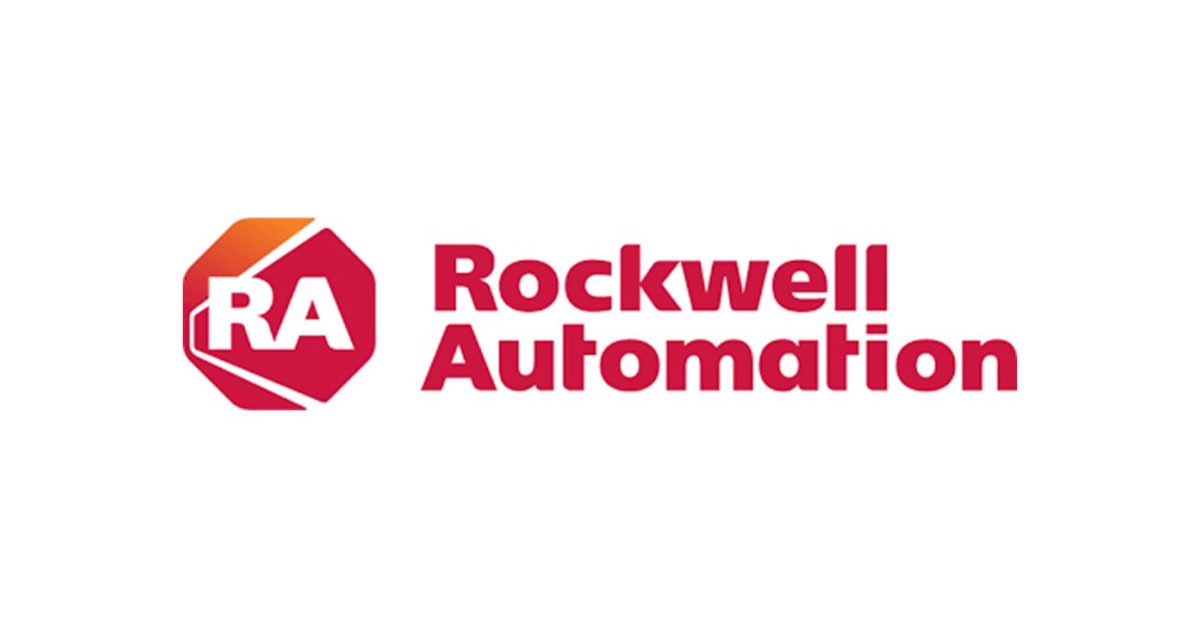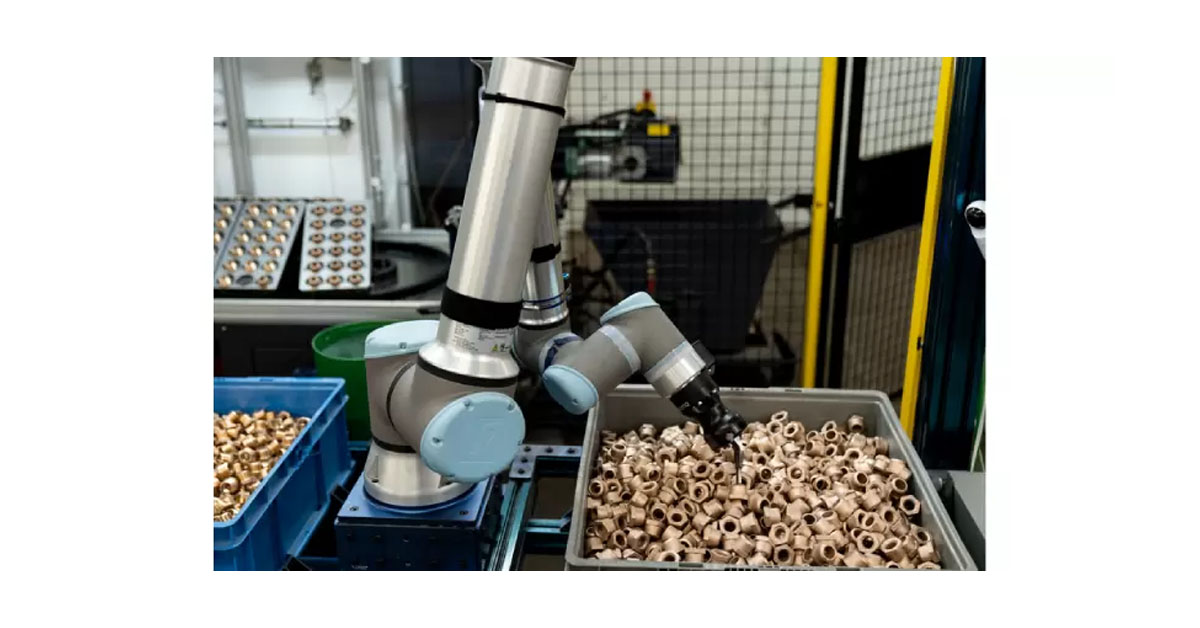Top 10 Key Features Shaping The Future of Next Generation SCADA Systems

March 13, 2018
A while ago we discussed what SCADA is and how it affects the Industrial Internet of Things (IIoT). Today, we want to expand this topic by highlighting the top 10 features that we, at Kymera Systems, believe will shape the next gen SCADA systems.
With the role of SCADA systems changing within the industry, it becomes essential that managers of different levels become familiar with the software’s features that will become a necessity for their business. Innovation leaders agree that nextgen SCADA will revamp several areas of the digital manufacturing data flow:
- Data management
- Energy management
- Information flow management
- Communications
- Diagnostics
For you, as a decision-maker, all the bullets from above mean the ability to make swift data-driven decisions on how to improve your production process. Without SCADA this would be nearly impossible. You can only imagine what it would mean for your business… Thus, we go back to the top 10 key features that shape the future of SCADA systems.
1. Portability
One of the best features of the SCADA systems is the seamless data flow. You have the ability to access data from the plant floor from any smart device so long as you have internet connection. This allows businesses, government officials, and even individuals to make informed, data-driven and prompt decisions about how to optimize their workflow.
Ultimately, the use-cases boil down to digitization, optimization and visibility of the enterprise that implements SCADA and its manufacturing environment.
2. Scalability
When you use a computer and you need your device to perform a new task, what is the first thing you do? You look for a software that can help your machine complete the assignment. Something that can expand the computer’s capabilities. You don’t immediately go and buy a new computer just because your machine can’t accomplish the job right away. That would not be cost-effective.
With SCADA systems, you can apply the same principle… just on a much bigger scale. However, expanding your system for new functionalities might not always be as easy as installing a new program. WIthout proper pre-planning, organizations might face replacing entire systems for the lack of adaptability.
That’s where scalability comes in play. Next Generation SCADA systems have the ability to expand in terms of scale and scope. You can add new connected devices, new data sources and even (if needed) reorganise the system’s structure.
3. Simple Implementation
So, we can access our data from anywhere and we can reshape our system to fit the company’s needs. What else do we need for a robust foundation?
Simplicity is something that often gets overlooked but with the rapid advance of technologies, it becomes vital. Training to both use and design a SCADA system should be straightforward and simple to understand. Otherwise the SCADA usability for a company would become very limited and costly.
Last but not least, we want to note that proper scalability should provide a foundation for simple implementations by nature. SCADA should be based on technologies that allow not only simplicity but also scalability. One perfect example for such technology is the machine-to-machine messaging protocol MQTT.
4. Versatility
Versatility of the SCADA systems is yet another feature that should be pre-planned and encoded in the core of the system. The ability to incorporate future updates smoothly and seamlessly without disturbing the workflow of the enterprise is crucial. The same goes for integrations.
A 21st-century Supervisory Control and Data Acquisition system needs to be able to evolve with new technologies. Therefore, versatility is at its core.
5. Modularity
Modularity is a prerequisite for versatility. But more than that, modularity for SCADA means also cost-effectivity. A system that can be decomposed to several self-serving modules stands for “future-proof” material.
6. Usability
Once upon a time systems were created for functionality only. No one paid much attention to the user side. With the evolution of technology and with so many competitive softwares on the market, you should have a product that is easy-to-navigate from any device (laptop, desktop and even phone).
7. Backward Compatibility
Looking boldly into the future of IIoT, we have already discussed how the SCADA system will evolve – by seamlessly adapting new upgrades and integrations. However, in order to move forward, smart softwares also need to be able to communicate with less sophisticated devices.
The SCADA of the future needs to be able to work with all the assets and configuration you currently have. It should be able to communicate with them as seamlessly as with the assets being added.
8. Smart Diagnostics
One of the immense advantages of the future-proof SCADA system is the ability to feed you directly with smart data (the intelligent analysis of large amounts of data). In many use-cases around the globe this means lowered facility downtime and exclusion of costly, time-consuming inspections.
According to Siemens, thanks to smart data, precision diagnostics and advanced analytics, their engineers were able to solve 80% of the stopped turbines within ten minutes for devices set in hard-to-reach, offshore areas.
9. Logical, Commented Code Base
As SCADA is essentially a software that your in-house engineering team will need to use and maintain, it has to have logical, commented base code. Otherwise, you are set for failure before you even start operating.
Systems that don’t offer an easy-to-follow code structure, that operate with obsolete or rarely used base code can’t evolve fast enough to stay in stride with the evolution of IIoT. You have certainly witnessed a company stuck with an archaic piece of software simply somewhere along you career path. Ask yourself, would this have happened if the software had been planned with scalability in mind?
10. Rapid Development
The intelligent SCADA systems have a rapid application development (RAD) capabilities built directly in their core features. They allow users, even those without extensive programming knowledge, to design applications based on information gathered from the system. Flexible development and prototyping can reduce risk by testing difficult implementations and costs by finding problems earlier in the development cycle.

